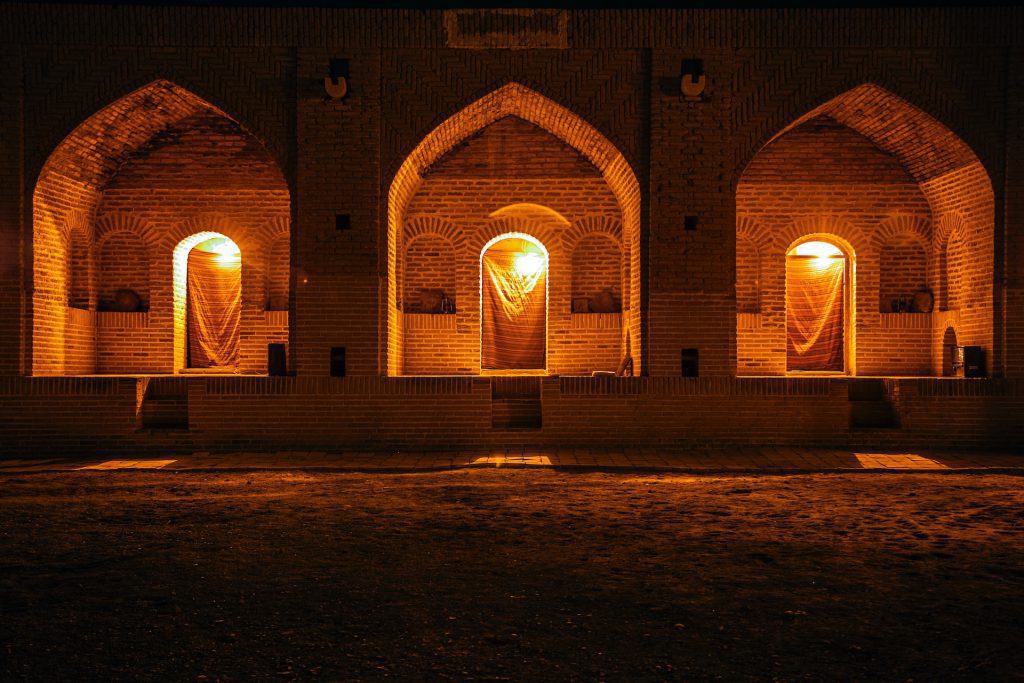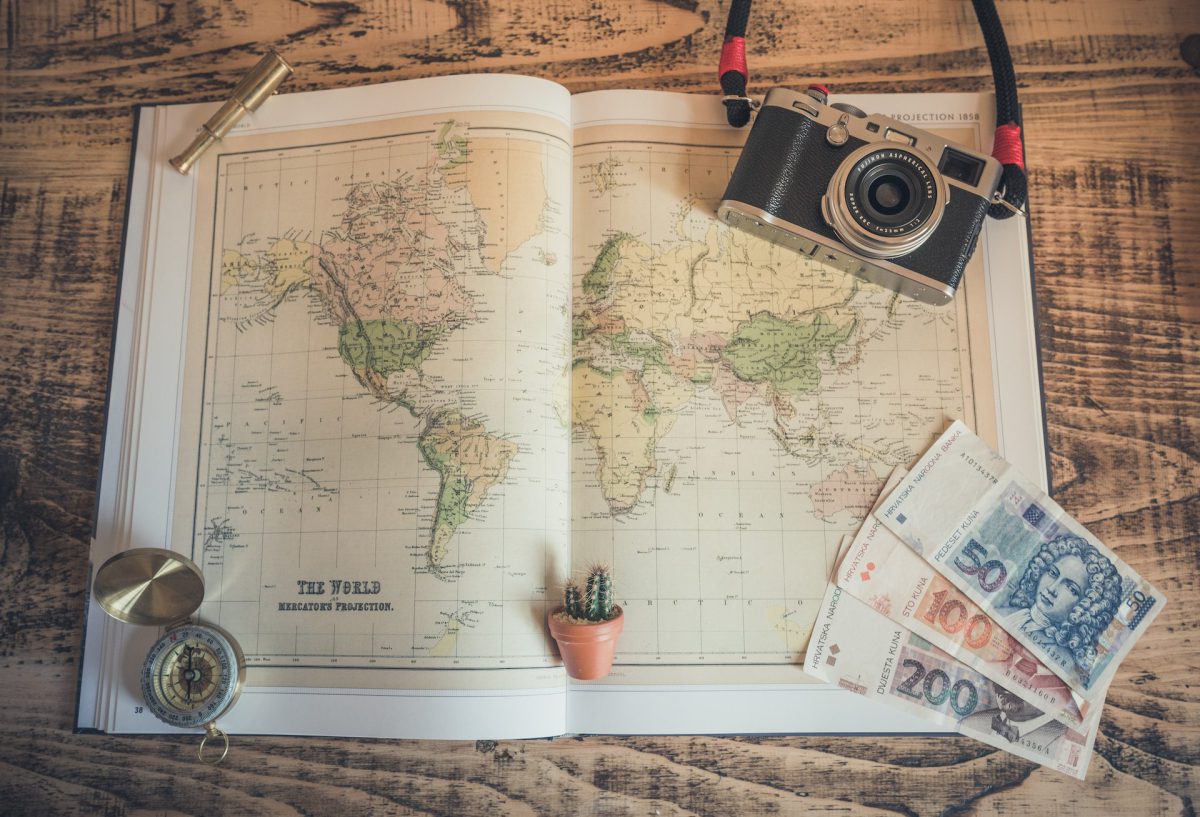When we hear the term “Silk Road,” our minds often conjure up images of ancient caravans laden with valuable commodities like silk, spices, and precious metals. However, the true value of this historic trade route lies not just in the material goods it carried, but in the rich tapestry of cultures, languages, and traditions that flourished along its path.
For centuries, Silk Road Iran served as a vital conduit for the exchange of ideas and knowledge between the East and the West. As caravans traversed its rugged terrain, they brought with them a diverse array of languages, religions, and cultural practices, creating a vibrant tapestry of human experience that has left an indelible mark on the world.
From the majestic ruins of ancient Persepolis to the stunning tilework of Isfahan’s Imam Mosque, Silk Road Iran is a treasure trove of cultural riches that continue to inspire and captivate visitors from around the globe. So if you’re looking to immerse yourself in the fascinating history and vibrant traditions of one of the world’s most storied trade routes, look no further than the ancient paths of Silk Road Iran.
The Fascinating History of Silk Road
The history of Silk Road dates back to the late 2nd century BC during the Han dynasty when the Chinese official Zhang Qian built this historic trade route. Over the centuries, this route served as a vital conduit for the exchange of goods and ideas between the East and the West. It is known for the silk trade which was its primary commodity, and it connected China to the Mediterranean countries and regions.
During the Han dynasty, the road expanded, and after the collapse of the dynasty, the Tang dynasty took over, and this historic trade route experienced significant economic growth and development. Under the Tang dynasty, the Silk Road reached its peak and flourishing period in history. The road saw the exchange of not just goods but also ideas and cultures, creating a vibrant tapestry of human experience that still fascinates us today.
The name “Silk Road” was given by the German geographer Ferdinand Richthofen in 1877, though the road had existed for centuries. The prehistoric civilizations along the route, such as the ones in Shahrood Chakmak Hill, Tape-Hesar of Damghan, Ali Spring (Cheshmeh Ali), or the Tape- Sarab of Kermanshah, also realized the importance and status of this commercial highway. Today, Silk Road continues to inspire and captivate visitors from around the world with its fascinating history and cultural significance.
This ancient route was not only a means of commerce but also a strategic tool to assert its dominance and challenge its rivals. As early as 7,000 BC, the Silk Road facilitated the transportation of domesticated animals and pottery from Southwest Asia to Egypt. Later, during the Sasanian Empire, Iranian traders expanded their commerce to include honey, herbs, carpets, precious stones, and textiles.
Perhaps the most significant trade between Iran and China during this time was the exchange of silk products for other valuable commodities, including gold and silver. But the Silk Road was not just about trading goods; it was also a platform for asserting political power. Iran’s intention was to undermine the Roman Empire, which led to rivalry between the Iranians, the Byzantines, and the Turks over the control of the Silk Road concession in 531.
Although the Silk Road was named by Westerners, historical Persian and non-Persian sources indicate that it was formerly known as the “Royal Road” and later called the “East to West” road. Despite the lack of a specific name, the Silk Road remains an enduring symbol of the interconnectedness and exchange of cultures that occurred along its path. Today, archaeological research and the artifacts unearthed from the Silk Road are reminders of its importance in shaping the course of history.
What Was Traded on the Silk Road?
The Silk Road was not just a single road, but a network of trade routes that spanned across Asia, connecting the East and the West. It facilitated the exchange of a diverse range of goods, some of which were highly valued and sought after. The route acted as a conduit for cultural exchange and economic growth, and as a result, the range of goods traded was vast.
On the East to West route, silk was the most renowned commodity, but other highly prized items included gold, bronze, porcelain, spices, rice, ivory, paper, and even gunpowder. These goods were transported by caravans of traders from China, Central Asia, and the Middle East, and made their way to markets in Europe.
On the West to East route, trade goods included gold and silver, weapons and armor, carpets, blankets, curtains, horses, dogs, grapes, and even slaves. These goods were transported by traders from Europe, the Middle East, and Central Asia, and made their way to markets in China and other parts of Asia. This trade route served as a vital link between the East and the West, contributing to the economic prosperity and cultural exchange of the regions.
Silk Road Map
The Silk Road was not just a single route but a complex network of trade routes that connected China, Central Asia, the Middle East, and the Mediterranean. The trade route facilitated the exchange of various goods, cultures, ideas, and technologies.
Starting from the East, the Silk Road passed through several Chinese cities before reaching the Jade Gate. From there, the northern and southern routes diverged to avoid the central deserts of China. The northern route passed through Turfan, Kashgar, Samarkand, Merv, and Balkh before reaching Iran. The southern route passed through Khotan before reaching Kashgar, and then followed the same path as the northern route.
Silk Road Map in Iran
In Iran, the Silk Road followed the east-west axis and passed through several towns and cities such as Toos, Neyshabur, Sabzevar, Shahroud, Damghan, Semnan, Rey, and Qazvin. From Qazvin, the route divided into two branches, one leading northwest to Sarab, Tabriz, Marand, Khoy, and out of the country, and the other leading west to Ekbatana (today Hamadan), Kermanshah, and out of the country. Along the way, various goods such as silk, gold, bronze, gems, porcelain, spices, paper, gunpowder, carpets, and animals were traded. The Silk Road was not just a route, but a cultural bridge between East and West, and played a significant role in shaping the history of the world.
Silk Road Caravanserais
Caravanserais were essential for the survival of travelers and merchants who passed through the Silk Road. They provided a safe haven for weary travelers and their livestock, offering them a place to rest, eat, and trade goods. These caravanserais were built along the Silk Road at intervals of 20 to 30 kilometers, and their construction continued until the Qajar era.
These caravanserais had a standard design, usually consisting of a large central courtyard, surrounded by rooms for travelers and their animals, as well as storage rooms and kitchens. Some of these caravanserais were built with two or even three floors to provide more space for traders and their goods. The architecture of these caravanserais varied depending on the location and the era they were built in, with some incorporating elements of local art and culture.

Today, many of these caravanserais have been restored and turned into tourist attractions, providing visitors with a glimpse into the past and the life of Silk Road traders. They offer a unique insight into the history and culture of Iran, and showcase the country’s architectural achievements during the heyday of the Silk Road.
Silk Road in Iran with ToIranTour
The Silk Road of Iran is a must-see destination for those who are looking for a unique and unforgettable travel experience. To make the most out of your trip to Iran and explore the Silk Road, it is recommended to go on a customized and tailored tour that is designed to fit your style of traveling.
At ToIranTour, we offer professional Iran tours and travel packages that will take you on a journey through the ancient trade routes of the Silk Road. Our 8 days Iran Silk Road Tour begins in the holy city of Mashhad, where you will discover the rich cultural heritage of this pilgrimage site and visit the magnificent Imam Reza Shrine. From there, we will continue on to historic cities with beautiful architecture, ancient landmarks, and fascinating history.
During the tour, you will have the opportunity to explore some of the most eminent historical sites across Iran, including ancient archaeology, teeming bazaars, and majestic mosques. You will also visit some of the Silk Road’s most forgotten cities and experience the local way of life by interacting with friendly locals and sampling delicious traditional cuisine.
Our Iran Silk Road Tour will take you to three UNESCO Heritage Sites, including the Soltaniyeh Dome and the historic bazaars of Tabriz, which offer a glimpse into Iran’s rich history and cultural traditions. You will also get to explore the bustling capital city of Tehran and visit its top attractions, including the National Museum, Golestan Palace, and the iconic Azadi Tower.
At ToIranTour, we take great care in selecting accommodations that blend modern comforts with traditional Iranian hospitality, as well as providing experienced guides who are knowledgeable about the region’s history, culture, and natural beauty.
Join us on this unforgettable journey and discover the enchanting beauty of the Silk Road in Iran. We are here to help you have a great experience in Iran and make your trip to the Silk Road an unforgettable one
